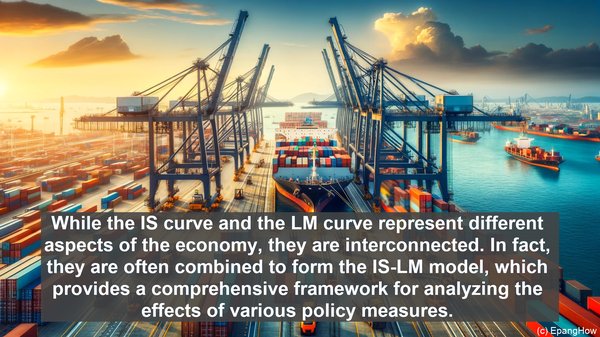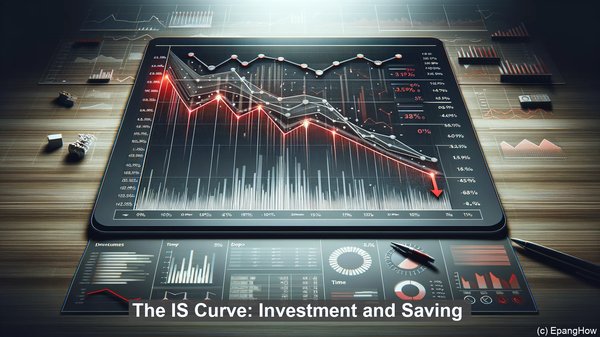Introduction: The Macroeconomic Framework
Hello everyone, welcome to our article on the IS curve and the LM curve. Before we dive into the details, let’s establish a basic understanding of the macroeconomic framework. Macroeconomics focuses on the behavior and performance of an entire economy, analyzing factors such as national income, employment, and inflation. To study these phenomena, economists use various models, and two key components of these models are the IS curve and the LM curve.

The IS Curve: Investment and Saving
The IS curve, short for ‘Investment-Saving’ curve, represents the equilibrium in the goods market. It shows the combinations of interest rates and levels of income at which total spending equals total output. The curve is downward sloping, indicating an inverse relationship between interest rates and income. This negative relationship arises due to the impact of interest rates on investment and consumption decisions. When interest rates are high, investment becomes more expensive, leading to a decrease in overall spending and a subsequent decline in income. On the other hand, lower interest rates stimulate investment, resulting in increased spending and higher income.

The LM Curve: Liquidity Preference and Money Supply
Now, let’s turn our attention to the LM curve, which stands for ‘Liquidity Preference-Money Supply.’ This curve represents the equilibrium in the money market. It shows the combinations of interest rates and levels of income at which the demand for money equals the supply of money. The LM curve is upward sloping, indicating a positive relationship between interest rates and income. This positive relationship arises due to the impact of income on the demand for money. As income increases, so does the demand for money, leading to a higher interest rate. Conversely, a decrease in income reduces the demand for money, resulting in a lower interest rate.
The IS-LM Model: Integrating the Curves
While the IS curve and the LM curve represent different aspects of the economy, they are interconnected. In fact, they are often combined to form the IS-LM model, which provides a comprehensive framework for analyzing the effects of various policy measures. By considering both the goods market and the money market, this model allows economists to assess the impact of fiscal policy, such as changes in government spending or taxes, and monetary policy, such as adjustments in the money supply or interest rates. Through this analysis, policymakers can gain insights into the potential outcomes of their decisions and make informed choices to stabilize the economy.
